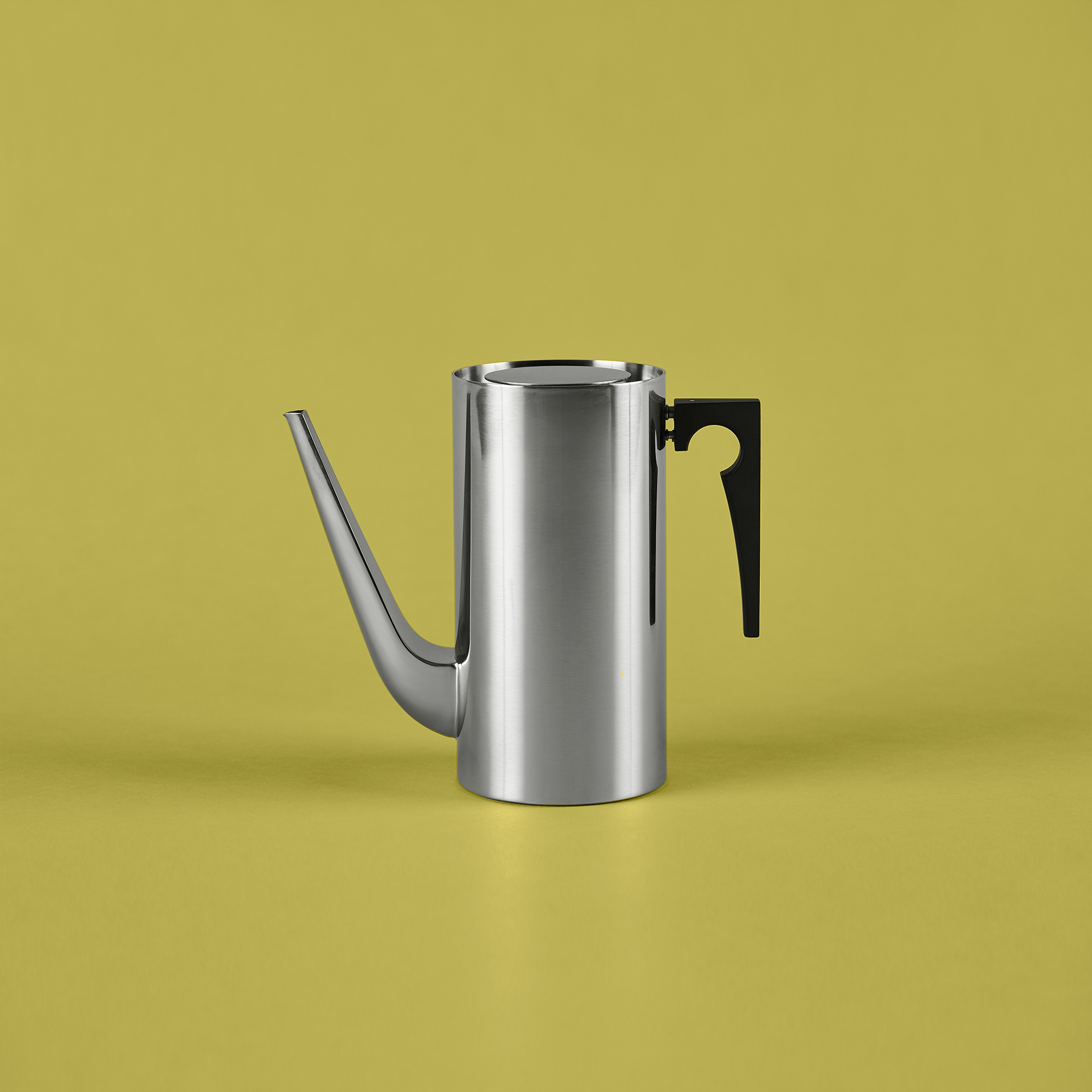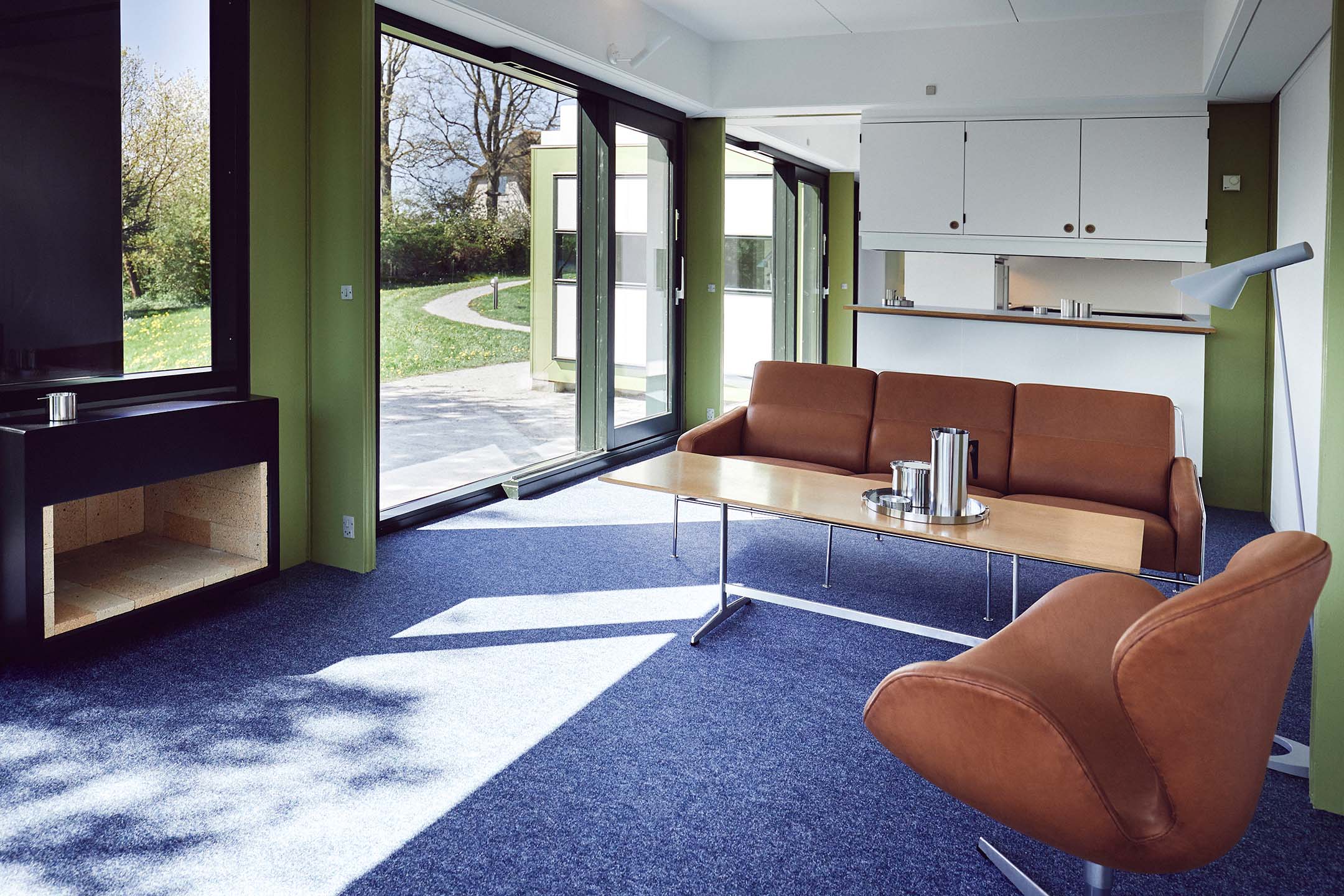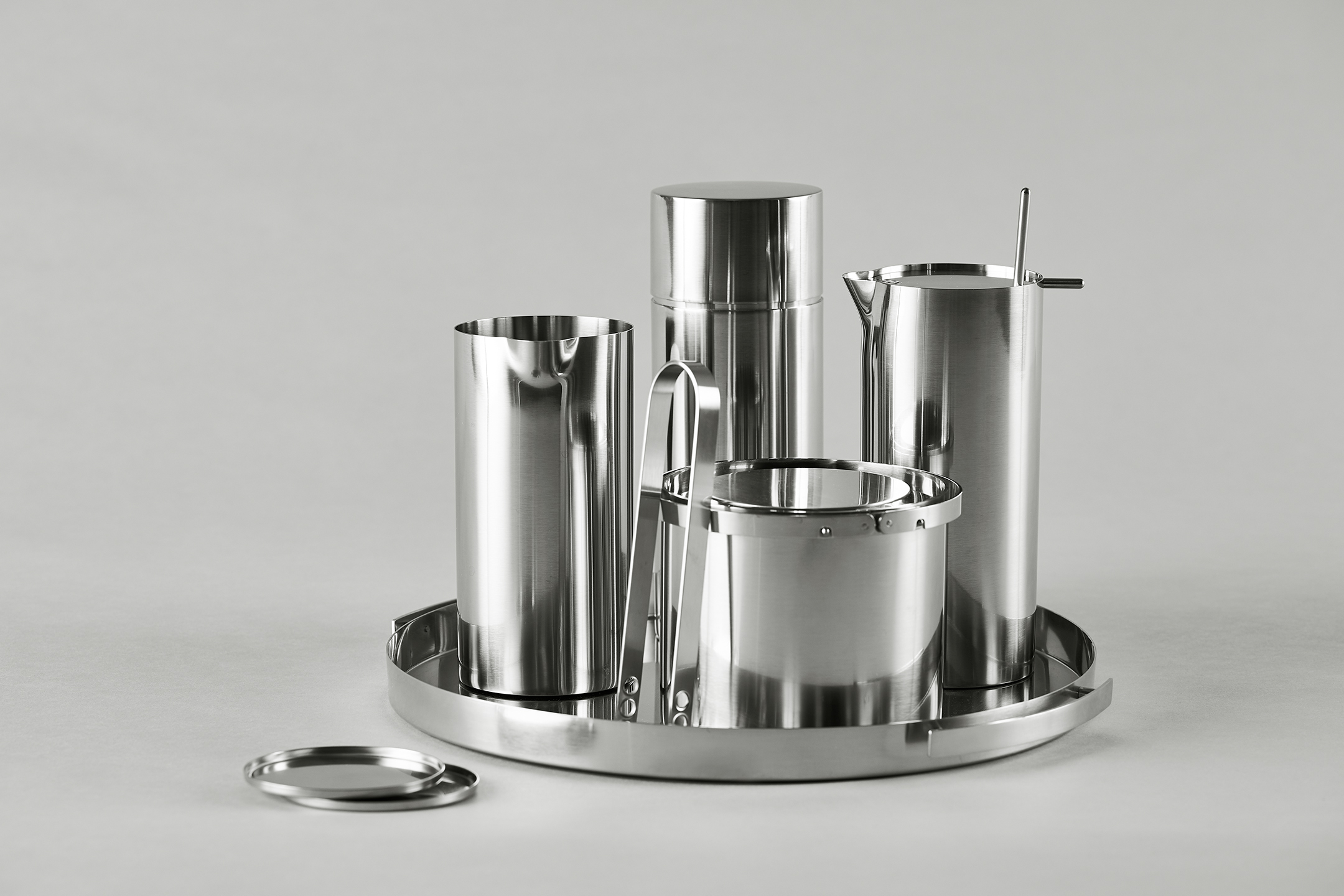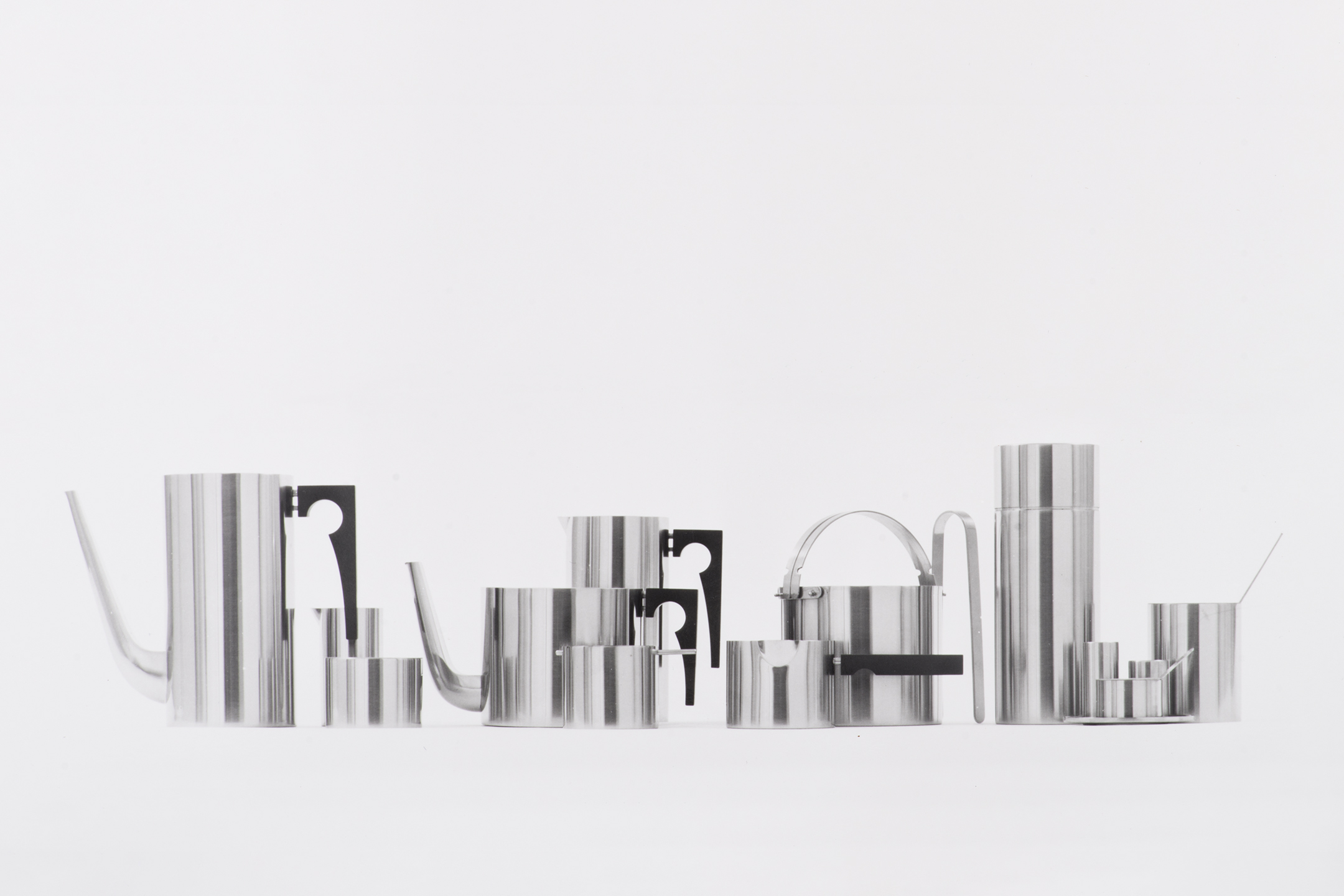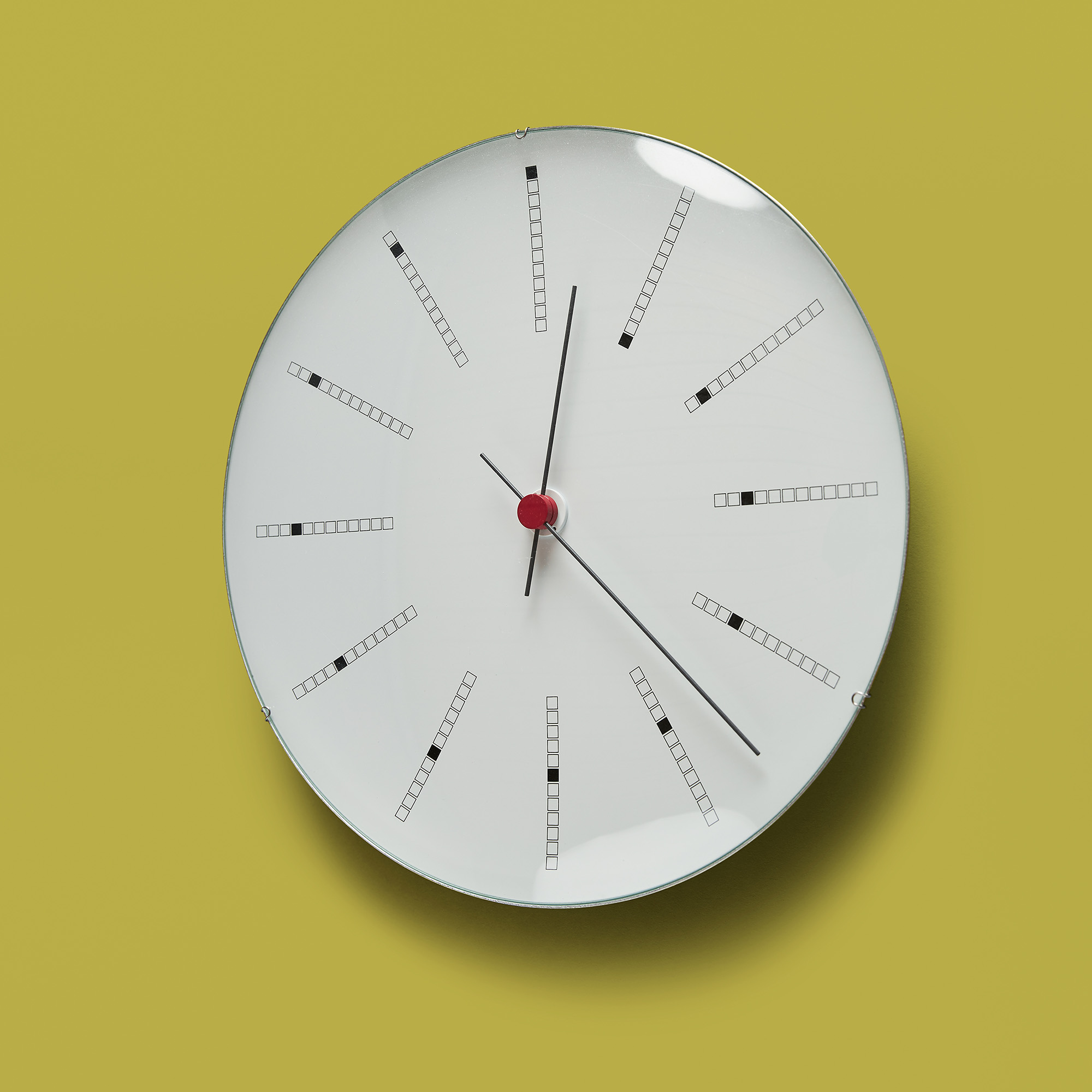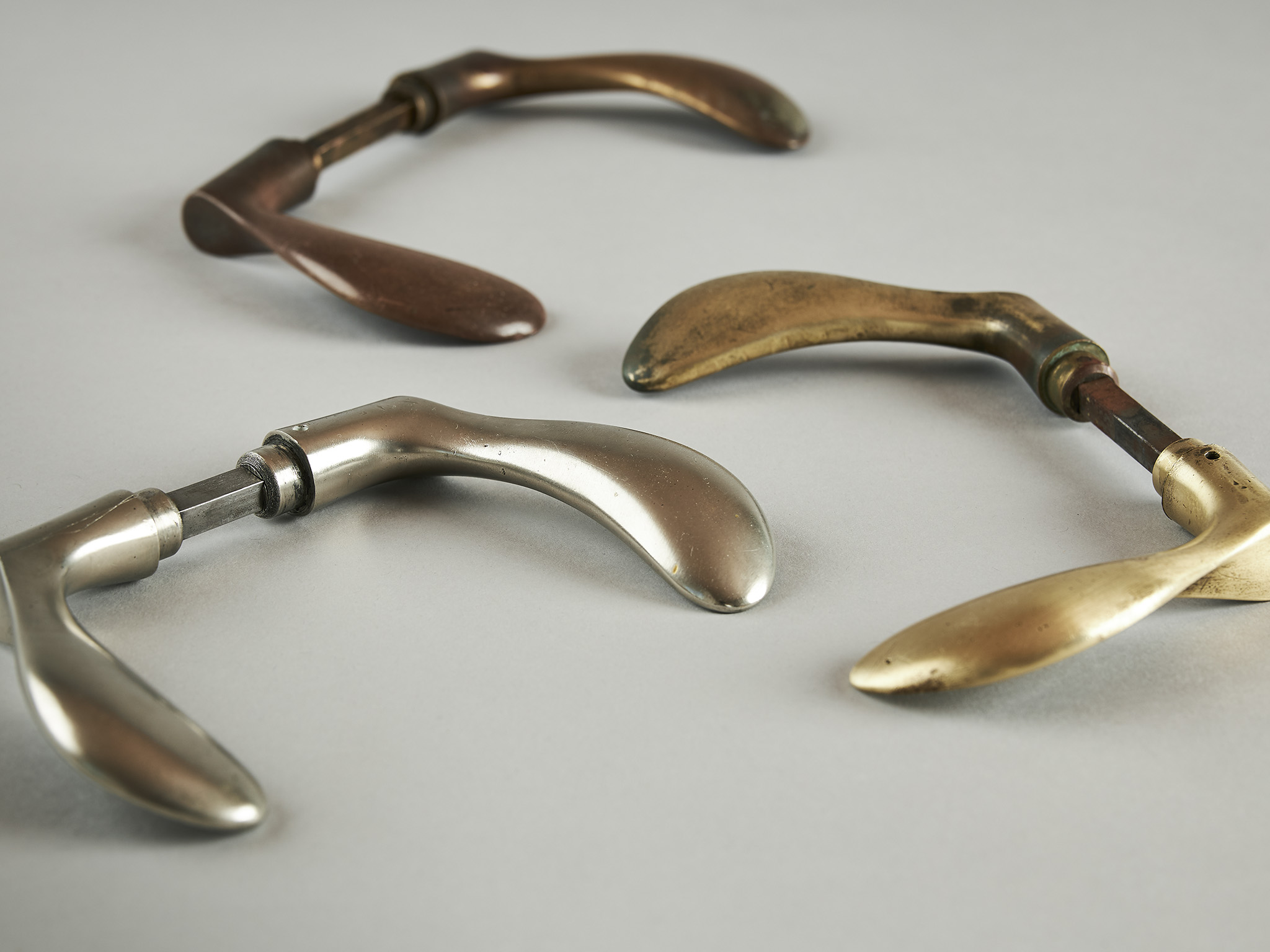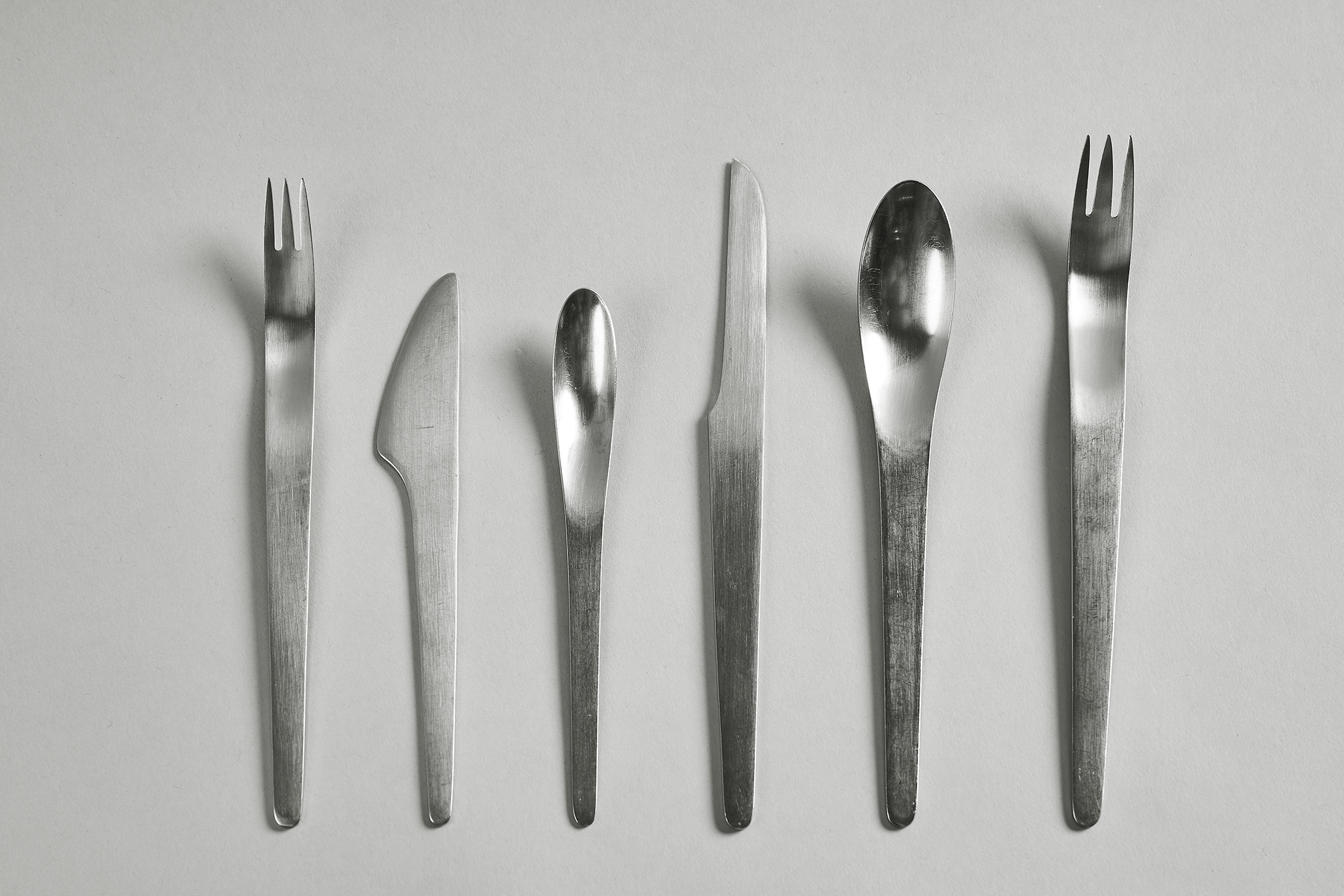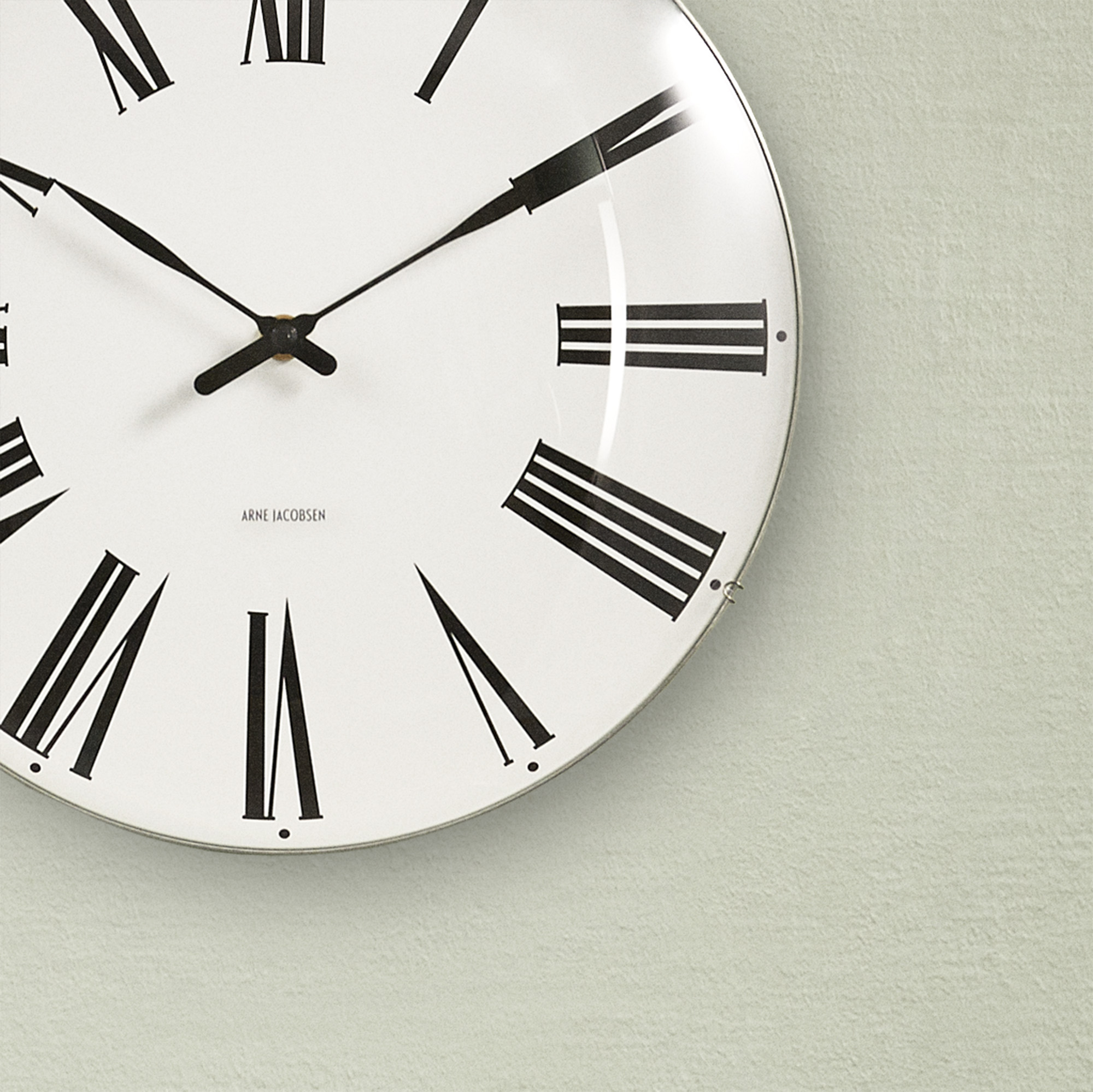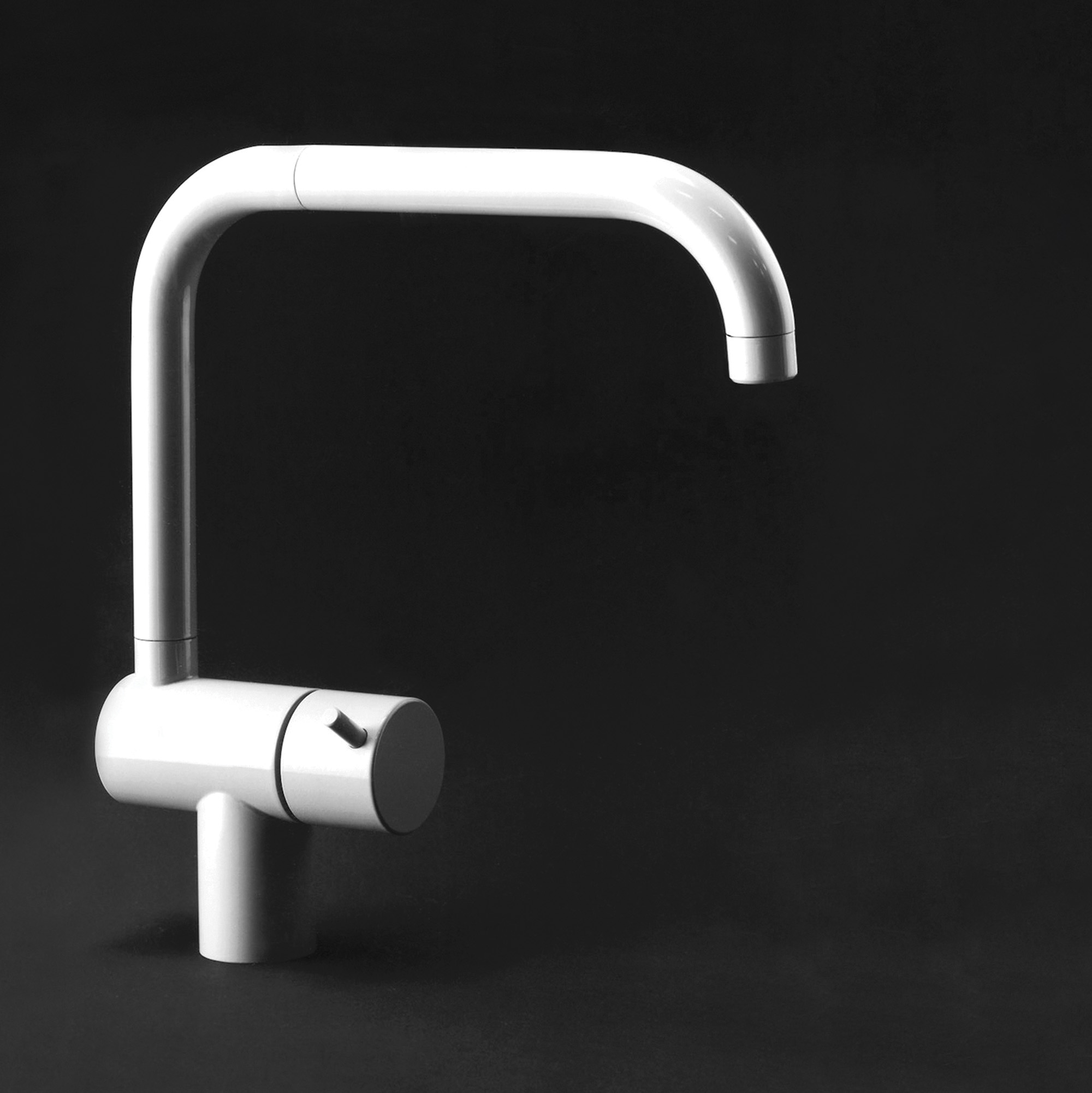The applied art series Cylinda Line from 1967 was motivated by the ambition of producing a functional modern alternative to traditional silver tableware. Based on the high-precision aesthetic of industrial production, Arne Jacobsen developed an original service in stainless steel in partnership with the manufacturer Stelton. Ever since, the series has been widely recognized as an iconic industrial design.
Cylinda Line’s taut, geometric expression is characteristic of Arne Jacobsen’s work during the 1960s, when he moved away from the free, organic forms that characterize his furniture from the 1950s and instead embraced an expression based on repetition and basic geometric shapes. While few of the furniture designs Arne Jacobsen created based on these principles attained the status of design classics, Cylinda Line earned an instant place in design history. Immediately after the launch, the series was awarded the Danish Design Council’s ID Prize, and it since went on to receive many international awards.
